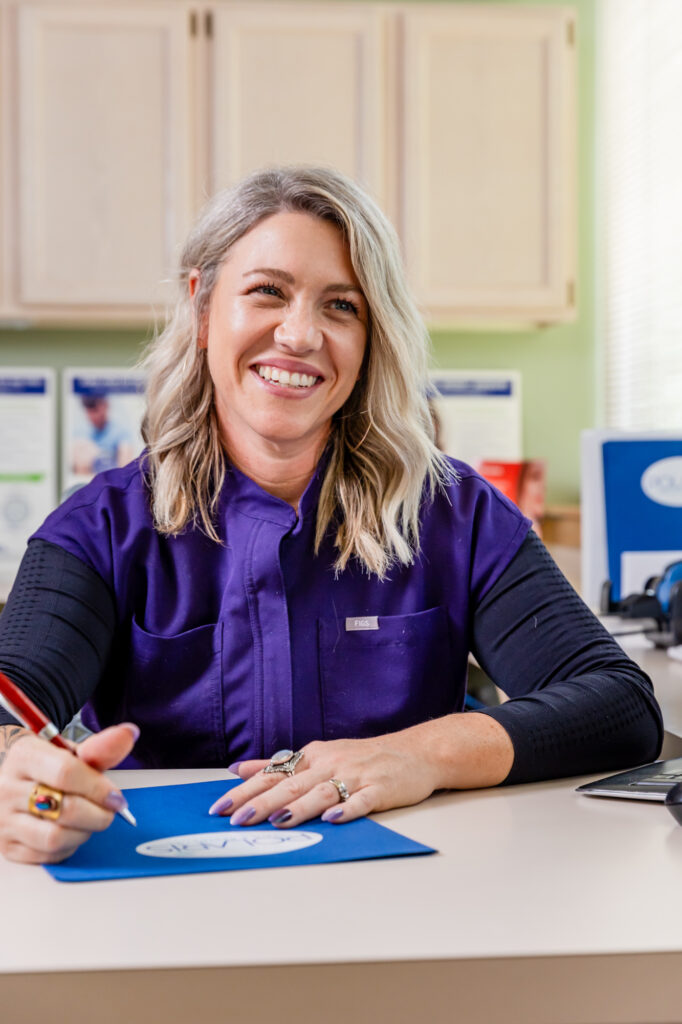
Varicose Vein Treatment Options
With ongoing improvements in vascular technology there are now safer, less painful and more precise methods used to treat varicose and spider veins. If you hate the way your legs look or feel there are several treatments available that are affordable, and most will be covered by your medical insurance.
One advantage of the new, minimally-invasive varicose vein treatments is the procedures can be performed at the doctor’s office, not a hospital, so patients can go home afterward and resume their normal activities. You don’t even have to miss a day of work after the procedure.
What causes varicose veins?
A varicose vein occurs when one or more valves in the vein stop working and the blood can no longer be efficiently returned up to the heart. As a result, blood gets stuck in the leg and starts to pool in the vein causing it to bulge. Symptoms of varicose veins include swelling, heaviness, itching, pain and discomfort, and many have an unsightly appearance.
Treatment options for varicose and spider veins
When a varicose vein is closed, your body will reabsorb the damaged vein and redirect blood flow to other healthy veins. Here are some of the common treatments used to help people suffering from varicose and spider veins.
VNUS ClosureFast
Non-surgical and minimally invasive, a small catheter is inserted into the varicose vein that directs radiofrequency energy into the vein which causes it to close.
Endovenous Laser Treatment (EVLT)
Also minimally invasive, a small laser fiber is inserted into the varicose vein that directs laser energy into the vein and causes the vein walls to shrink and collapse.
VenaSeal™ Closure
Virtually pain free with zero downtime, this procedure uses a medical adhesive to close the varicose vein.
Ambulatory Phlebectomy
For large, bulging varicose veins that are close to the skin’s surface, this procedure requires a small, 1-2 mm incision to extract the affected veins.
Sclerotherapy
Great for small veins and spider veins, a tiny needle is used to inject a chemical solution that irritates the vein and causes it to collapse.
How to choose the right varicose vein treatment
With so many options, which one is best for you? Depending on the nature of your condition, one treatment may be more effective than others. A thorough examination by a vein specialist is the best way to find out which treatment is right for you.
Where are varicose vein procedures done?
Varicose vein treatments are performed at the doctor’s office and are outpatient procedures. In some cases, the area near the vein may be numbed with a local anesthetic, but most procedures don’t require anything in advance.
How to choose the best doctor for your varicose vein treatment
Varicose veins may need more than a cosmetic procedure as they are symptoms of underlying vein conditions. That’s why it’s important to choose a vein specialist to perform any medical procedures. The right doctor should be board certified, use state-of-the-art technologies, and specialize in treating veins.
How long do vein treatments take?
Spider vein and varicose vein treatments are office-based and outpatient. Depending on the procedure you could be in the office anywhere from 30 minutes (sclerotherapy) to a couple of hours (ambulatory phlebectomy). Either way, you get to go home after a vein treatment and resume normal activities.
What to do after vein surgery?
Compression stockings will need to be worn temporarily after vein treatments, with the exception of VenaSeal, to improve healing, maintain blood flow and reduce swelling. Normal activity is encouraged to keep your blood circulating and walking is essential. Depending on the treatment restrictions may include avoiding strenuous exercise and heavy lifting, sitting or standing for long periods of time and sun bathing.
Are there any home treatments for varicose veins?
Medical procedures are the only way to remove or close malfunctioning veins, but there are a few home remedies that can help slow down the development of additional varicose veins. Physical activity helps improve blood circulation, losing weight reduces the pressure put on the veins, and gentle massage can bring some relief to twisted, painful veins.
If you’re experiencing varicose vein symptoms and would like to find out your treatment options, consult a vein specialist who can perform a thorough exam, review your medical history and determine a treatment plan that’s right for you. Some varicose veins are no longer just a cosmetic issue and have become a health concern, contact Columbus Vein Center today and get on the path to better leg health.
